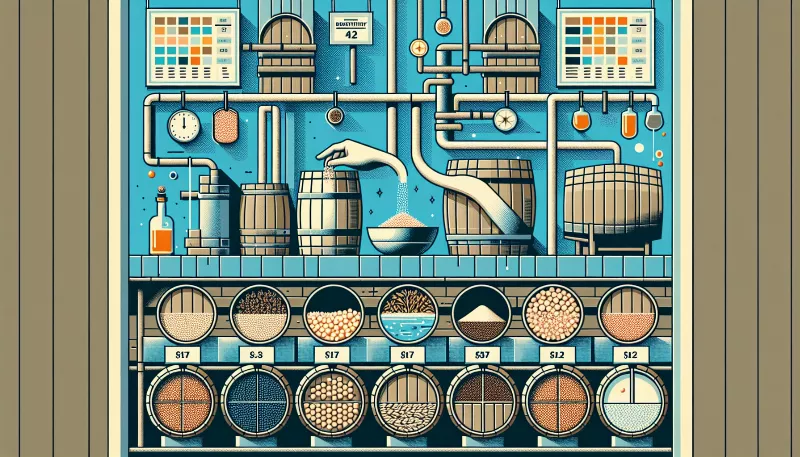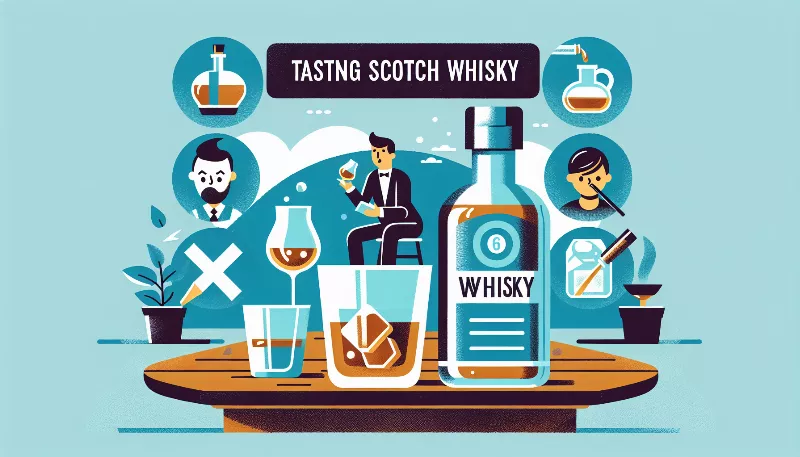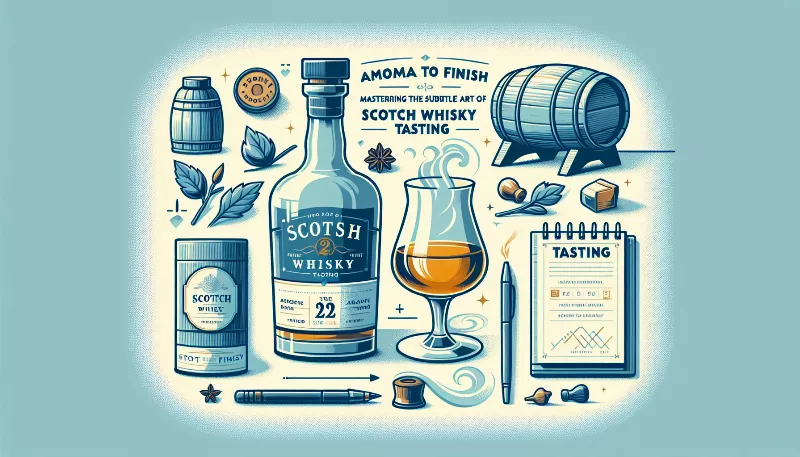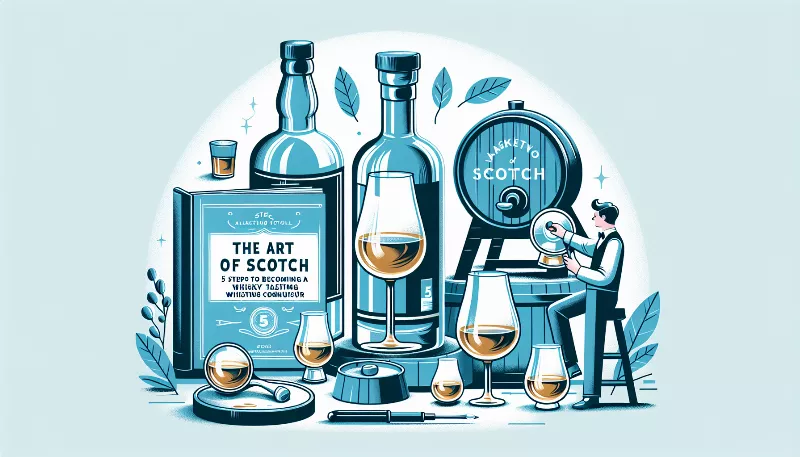How does the type of cask influence the flavor profile of Scotch whisky during maturation?
Unlock the secrets of Scotch whisky flavors! Discover how cask types shape the taste and aroma during maturation. Taste the tradition in every sip!

Unlocking the Secrets of Scotch Whisky's Flavor: The Role of the Cask
Imagine a world where every Scotch whisky tastes the same. Boring, isn't it? Thankfully, the type of cask used during maturation is here to save us from this monotonous fate! It's the unsung hero that works behind the scenes, imparting complex flavors and unique characteristics to our beloved Scotch. Let's dive into the enchanting world of casks and discover how they shape the very soul of Scotch whisky.
The Essence of Wood: A Symphony of Flavors
At the heart of whisky maturation lies the wooden cask, a vessel that cradles the spirit as it slowly transforms. But not all woods are created equal. The majority of Scotch whiskies begin their journey in oak casks, which are favored for their strength and ability to enhance the whisky with a plethora of flavors. From American white oak to European oak, each type imparts distinct notes ranging from sweet vanilla and caramel to rich dried fruits and spices. The wood's previous occupants—be it sherry, bourbon, or wine—also leave an indelible mark, gifting the whisky with layers of complexity.
The Charisma of Char: A Toasty Twist
Before being filled with the golden nectar, many casks undergo a process known as charring or toasting. This isn't just for show; it's a crucial step that influences the flavor profile of the whisky. Charring caramelizes the wood sugars and opens up the grain, allowing the whisky to penetrate deeper and extract more goodness. The result? A Scotch with a seductive smokiness, hints of toasted nuts, and a smooth, rounded character that whispers tales of its fiery encounter.
Size Matters: The Volume's Impact on Flavor
When it comes to casks, size does matter. Smaller casks offer a greater wood-to-whisky ratio, meaning the spirit interacts more intensely with the wood. This accelerates maturation, leading to a bolder flavor profile in a shorter amount of time. Larger casks, on the other hand, provide a slower, more gradual maturation, allowing for the development of subtler, more refined flavors. Whether you prefer the robust punch of a quarter cask or the elegant maturity of a butt, there's a size for every palate.
Finishing Touches: The Art of Cask Finishing
In the pursuit of flavor perfection, some distillers employ a technique known as cask finishing. This involves transferring the whisky from its original cask to another, often of a different type, for a final period of maturation. This second cask, having previously held sherry, port, rum, or even beer, bestows its own signature flavors upon the whisky. The result is a harmonious blend of traditional Scotch character with exotic, unexpected notes that dance on the tongue and delight the senses.
Conclusion: The Cask's Crucial Contribution
In conclusion, the type of cask used for maturing Scotch whisky is not just a container; it's a catalyst for complexity. It's the difference between a good Scotch and a great one. As we've seen, the wood type, size, and history of the cask all play pivotal roles in shaping the final flavor profile of the whisky. So, the next time you raise a glass of Scotch, take a moment to appreciate the remarkable influence of the humble cask—it truly is the guardian of whisky's soul.










